
In the pursuit of a healthier and sustainable food supply, prioritizing pesticide-safe food products has become paramount. Let’s delve into key strategies that safeguard our plates from unwanted residues: 1. Integrated Pest Management (IPM) Adopting IPM practices minimizes reliance on chemical pesticides by integrating various pest control methods like biological controls and crop rotation, reducing […]
Read More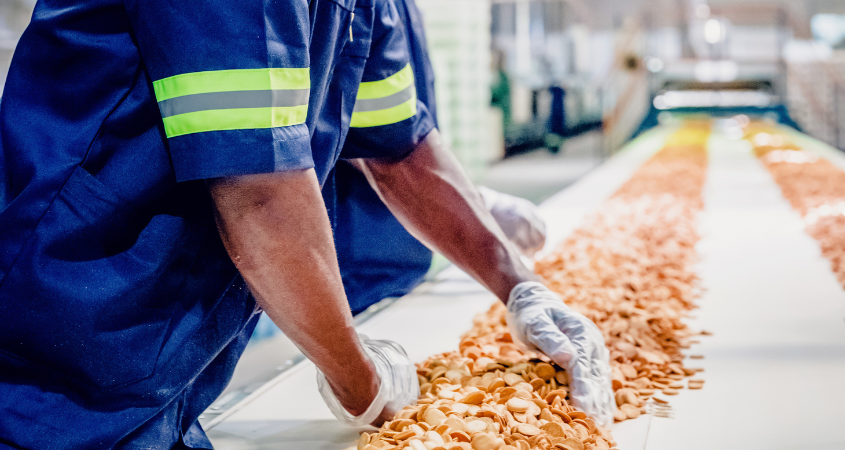
Ensuring the safety of the food we consume is a shared responsibility—from the producers to the consumers. At the heart of this responsibility lies the crucial practice of food testing. Let’s explore why food testing is paramount in guaranteeing the safety and quality of our food: Identification of Contaminants: Food testing allows for the identification […]
Read More
Food safety standards play a paramount role in ensuring the health and well-being of consumers while upholding the integrity of the entire food industry. Let’s delve into the key reasons why these standards are of utmost importance: Consumer Health Protection: Food safety standards are designed to safeguard consumers from potential health hazards. By setting limits […]
Read More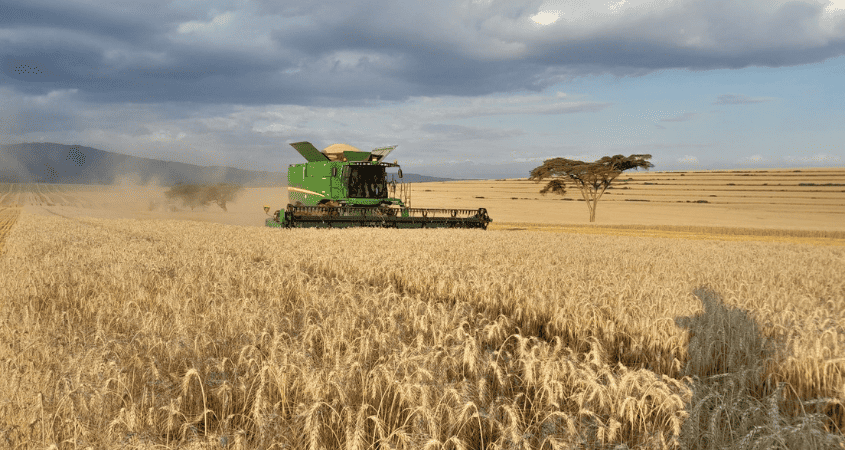
The arrival of a new fungicide that has passed ever-stricter safety and environmental scrutiny, and improves the standard of disease control in crops is always big news. Newly launched fungicide Elatus Arc from Syngenta appears at a time when registering new chemistry is becoming increasingly challenging globally, and resistance to fungicides is developing at an […]
Read More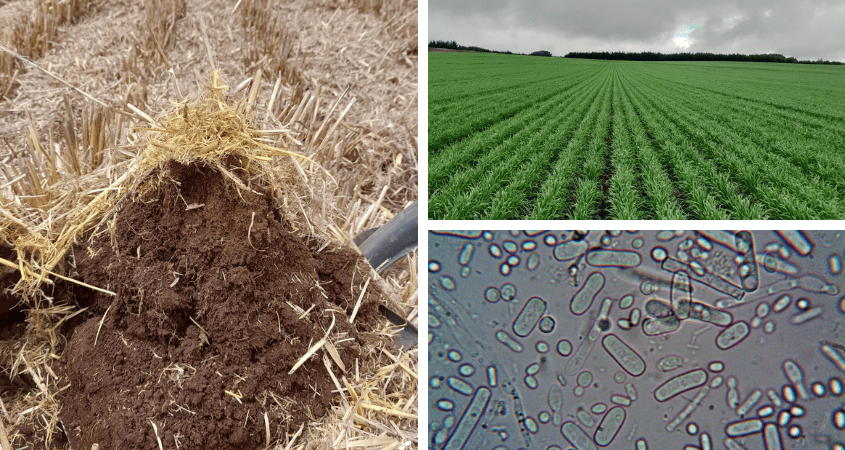
Beneficial soil microorganisms can suppress soil-borne plant diseases through various mechanisms: Antagonism: Some soil microbes act as natural antagonists to plant pathogens. They produce antimicrobial compounds that inhibit the growth and activity of harmful microorganisms. This biocontrol mechanism reduces the incidence and severity of diseases. Competition for Resources: Beneficial microbes compete with pathogens for space […]
Read More
Nitrogen (N) is a vital nutrient for plant growth, and effective nitrogen management is essential for achieving healthy, high-yield crops. Here’s an overview of key aspects related to nitrogen management: 1️⃣ Sources of Nitrogen Nitrogen can be sourced from synthetic fertilisers, including ammonium nitrate, urea, and ammonium sulphate. Organic matter in the soil, such as […]
Read More
Understanding the “Big Three” nutrients – Nitrogen, Phosphorus, and Potassium (NPK) – is essential for effective fertilizer management in agriculture. These primary macronutrients play a crucial role in plant growth and development. Here’s a deeper look at each of them: Nitrogen (N): Function: Nitrogen is primarily responsible for leafy, green vegetative growth. It’s a fundamental […]
Read More
Maize silage is possibly the number one choice for high-yielding dairy cows, with high energy content and high intakes. But what makes a good forage maize variety? After six trials we have found large and consistent differences in yield and feed quality between various hybrids, which should help farmers choose more suitable varieties for high-performing […]
Read More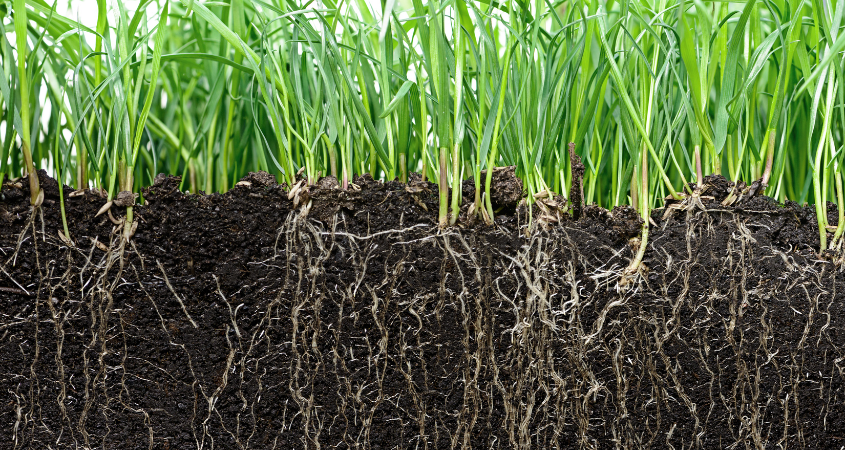
An intricate web of life lies beneath our feet that is often overlooked but plays a crucial role in shaping the health and fertility of our planet. Soil microbiology is of paramount importance in understanding the intricate relationships that exist between plants, soil, and the environment. The dynamic interplay of these microscopic organisms contributes significantly […]
Read More
As speculation over an impending El Niño continues to build, growers are advised to plan ahead to ensure that they are not caught out at planting and are in a position to make the most of what could be a high-potential season. Several farmers familiar with the 1997/98 El Niño have told me “Be careful […]
Read More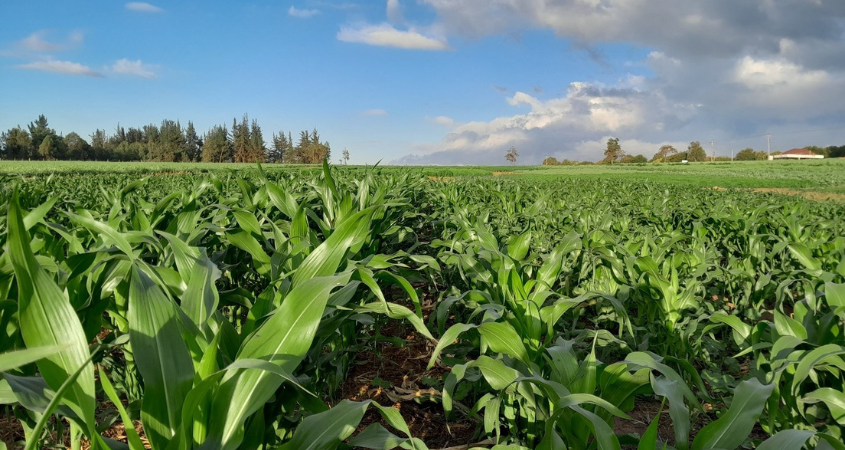
Every time I attend a talk, watch a video, or read an article on crop nutrition, the moment I hear the words “Nutrient X is important for [pollen formation / photosynthesis / insert any other process in the plant]”, I switch off. Whilst it is entirely true that different nutrients perform very different functions within […]
Read More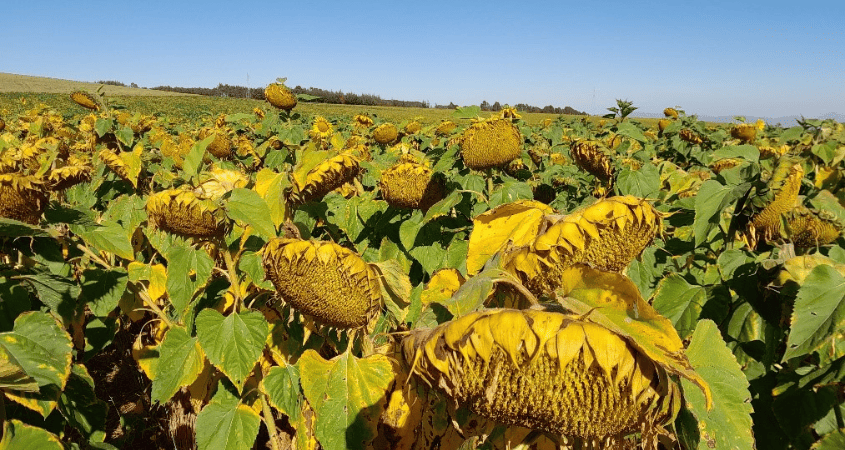
Cash flow, an opportunity to make a bit of profit, improve the soil, and to try out new crops in a lower-risk situation. It may seem a long way off, but these are the reasons why some of the very progressive farmers I work with use off-season crops after maize or wheat. For most farmers […]
Read More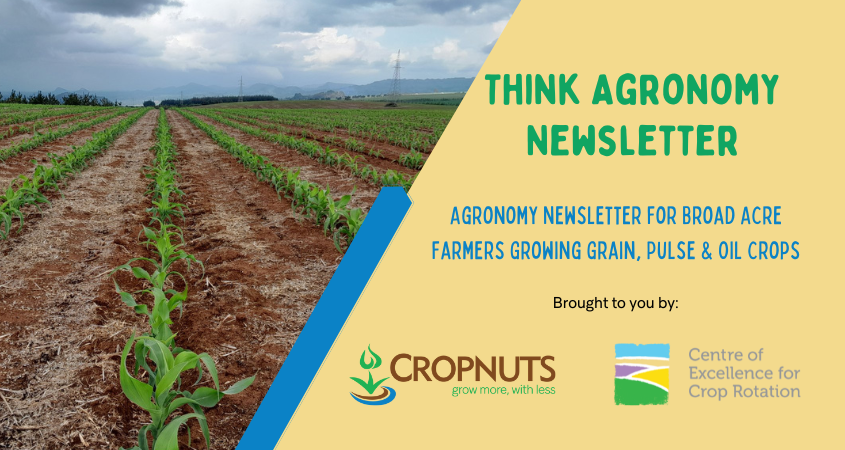
For five years we have tested maize plant populations, and every year we find that the existing advice to plant at 45-50,000 plants/ha does not produce the highest yields or the highest margin – or the best weed control. It is very clear that maize plant populations across the country need a fundamental re-think, and […]
Read More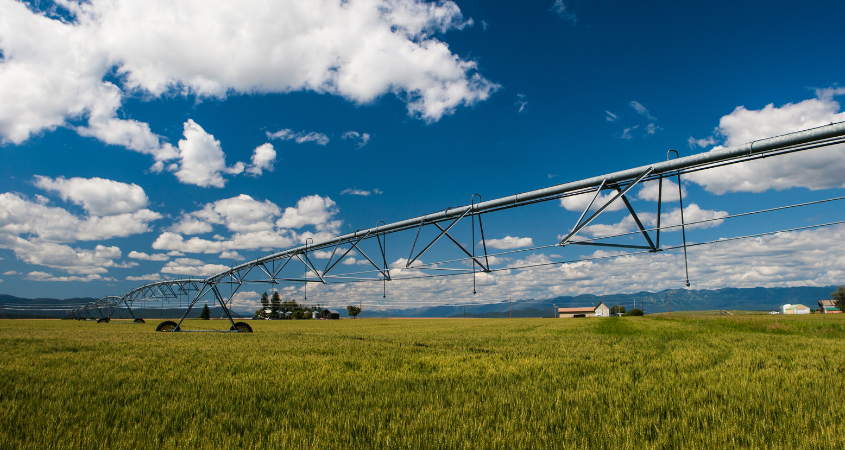
I hope this article finds you well. As we wind up on the planting of the irrigated wheat crops, I wanted to highlight the significance of leaf sampling for maximizing our crop performance and share valuable insights on this essential practice. Leaf sampling is a valuable tool for irrigated wheat production, enabling growers to assess […]
Read More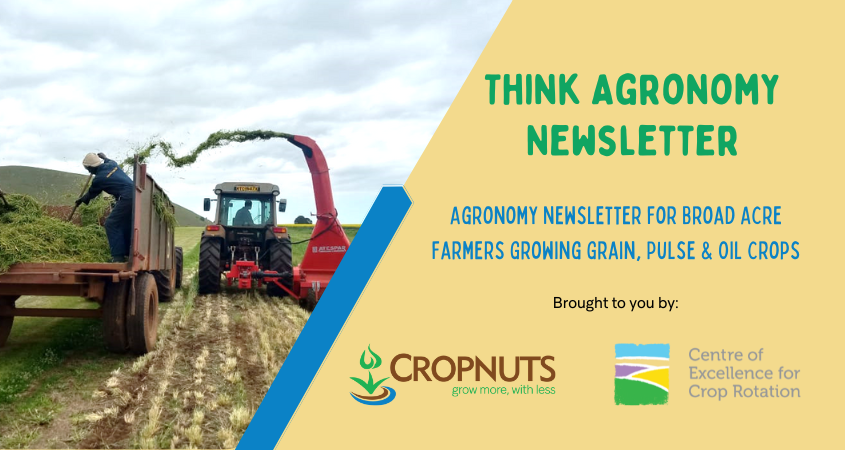
Maize silage Easy to establish and reliable, maize produces a very palatable and high-energy silage provided that it is well chopped and ensiled properly. Typically over 11 Mj of metabolisable energy per kilo, it is a great way of storing crop to feed for livestock later. The main drawbacks are that it needs to be […]
Read More
I. Introduction Maize is an important crop in many parts of the world, and its success largely depends on proper land preparation. To achieve optimal maize yields, farmers need to know the essential techniques for preparing their land before planting. This article will cover the various stages involved in maize land preparation, from soil analysis […]
Read More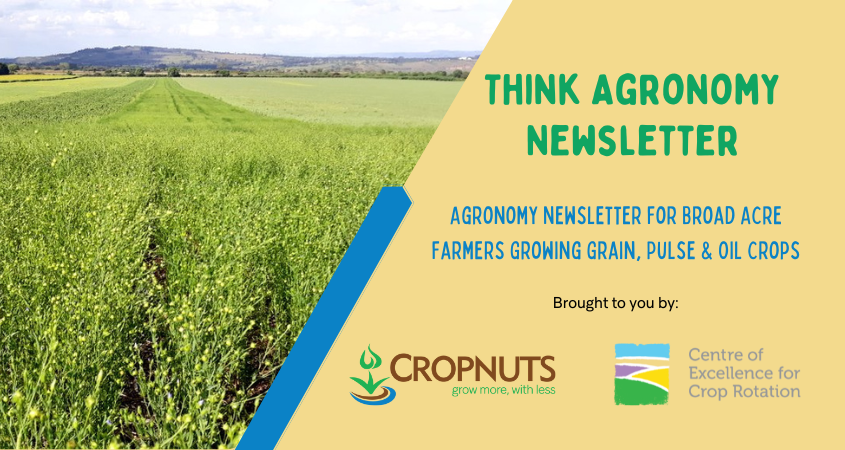
Legumes for a crucial part of the crop rotation on many levels, adding valuable soil nitrogen, reducing root diseases such as Take-all and Fusarium in cereals, improving soil structure and allowing control of grass weeds such as Brome and Ryegrass. Something that I have seen first-hand over the last few years in Kenya is the […]
Read More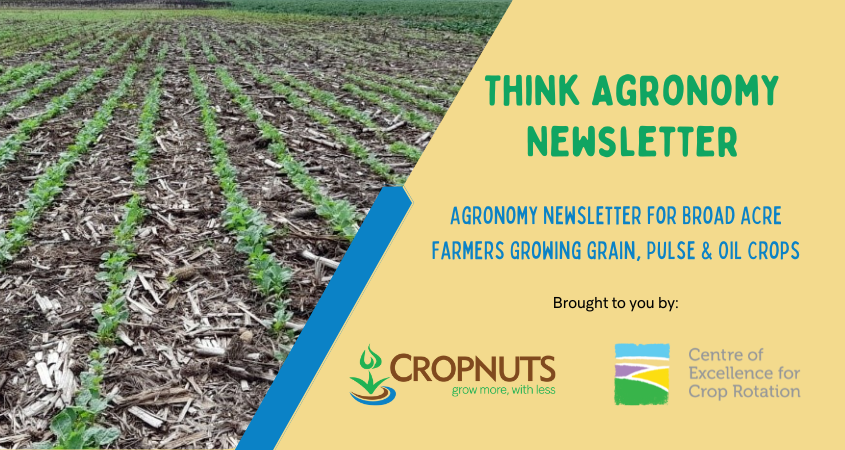
A good crop begins with putting the seed in the ground well, into a good growing environment. This means a well-structured soil with plenty of oxygen so that the roots can explore and grow rapidly in length and access as much soil volume as possible. In turn, this allows the growing crop to access more […]
Read More
Background information While many approaches, such as nutrient omission trials, have been shown to be beneficial in adjusting fertilizer recommendations such as nitrogen (N) fertilizer-based rates, severe nitrogen deficiencies persist across Kenyan farms. These can be attributed under application of N, or N loss. A large amount of the applied N is lost due to […]
Read More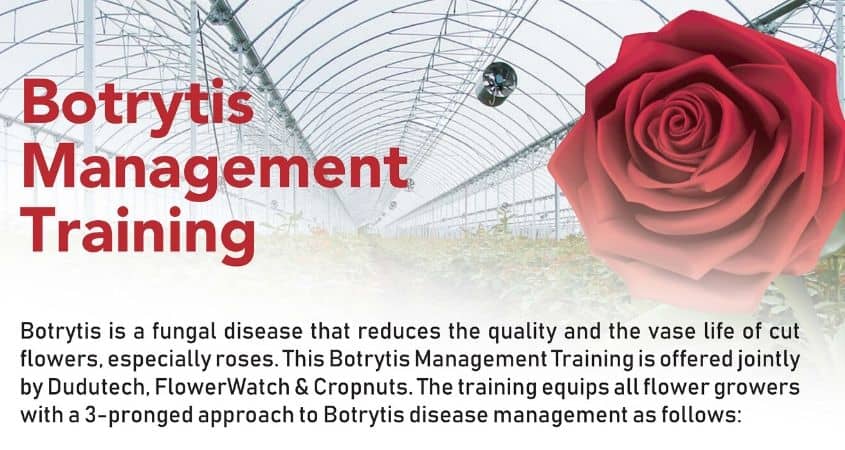
CROPNUTS, Flowerwatch and Dudutech have come together to organize a training on Botrytis Management. The three companies create a good balance to tackle the challenge of Botrytis completely, offering crop nutrition, crop protection and post-harvest disease management strategies. We are keen to address and train farms on how to manage Botrytis. We will have 4 training […]
Read More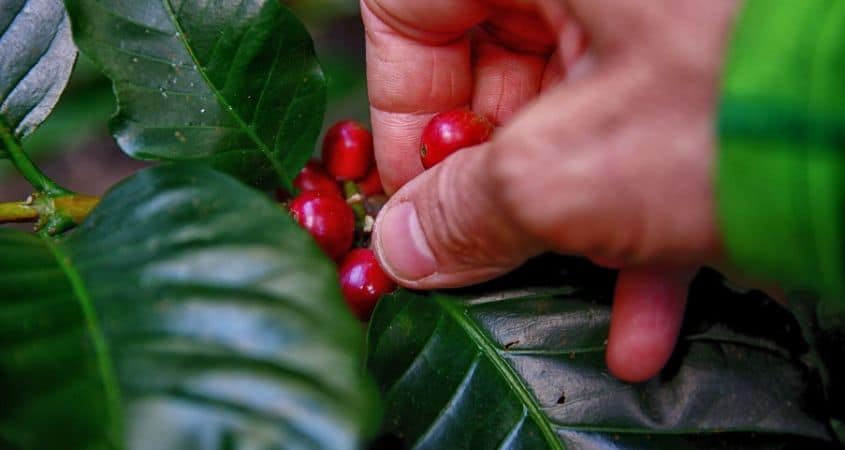
Cropnuts will be exhibiting at the Ruiru Coffee Fair on the 6th and 7th at the Coffee Research Institute (CRI) in Ruiru, Kenya. The two day event starts from 9am. Come and meet our team of agronomist who will be ready to help tackle all your agronomy questions. Please find google maps directions to the […]
Read More
CodeDay is a worldwide event where student programmers, artists, musicians, actors, and everyone else can get together and build apps & games for 24 hours…
Read More
Three-Day Conference: GLOBALG.A.P. Takes Your Business to the Next Level with the World’s Leading Standard for Food Safety and Sustainability. Cropnuts will be exhibiting, please visit our stand…
Read More